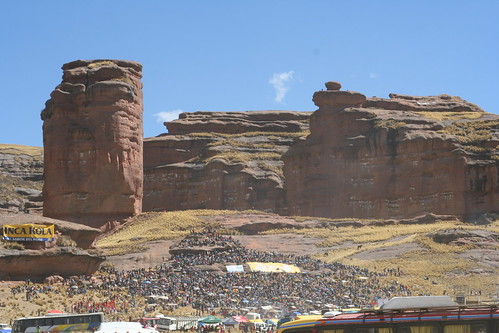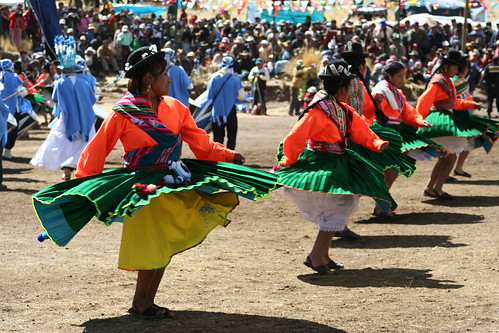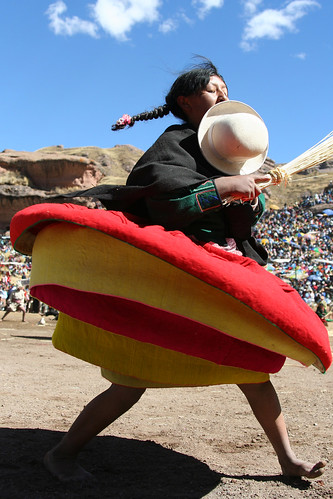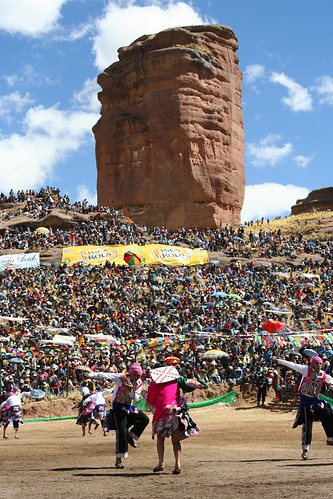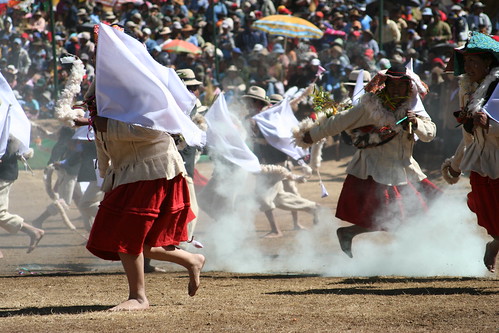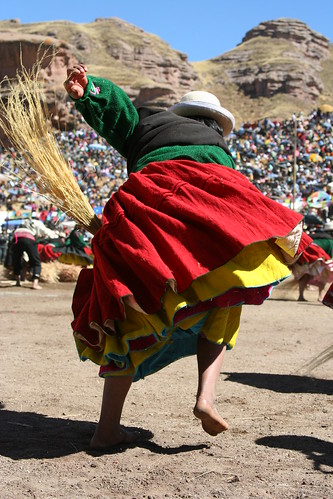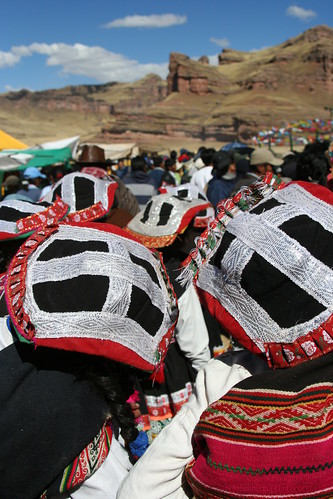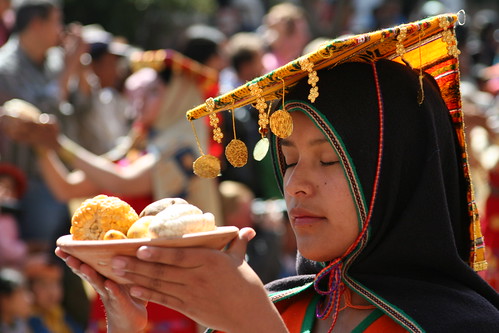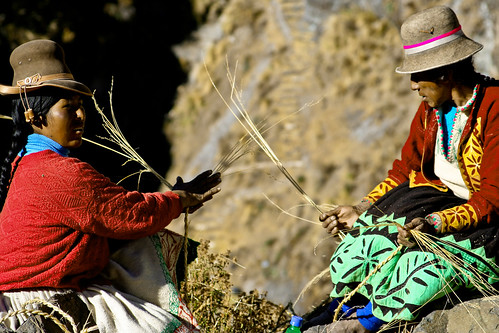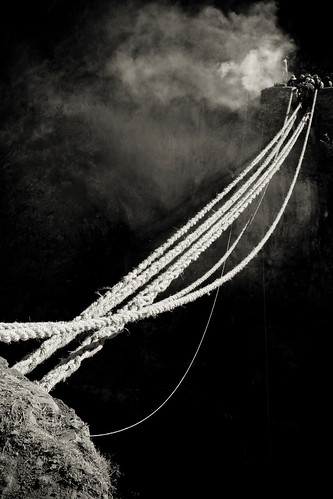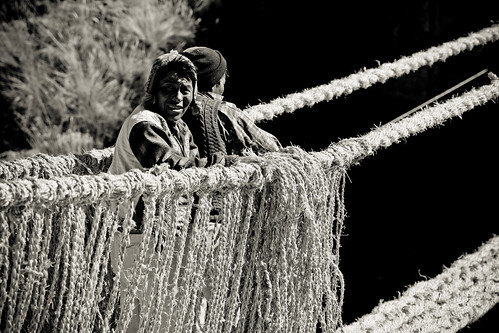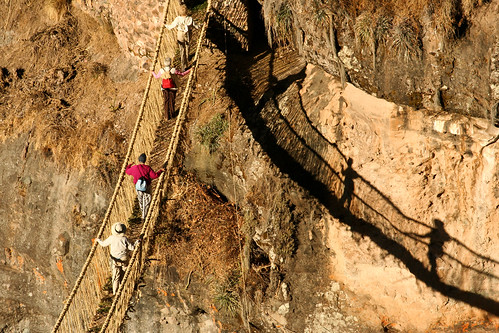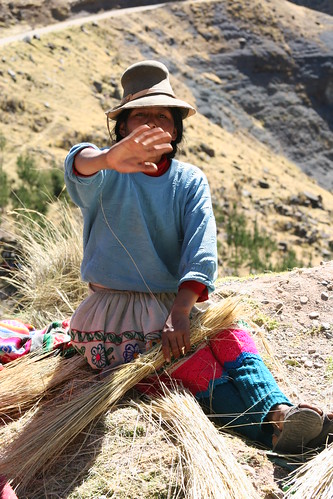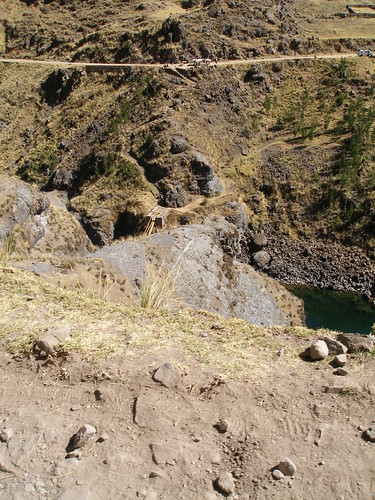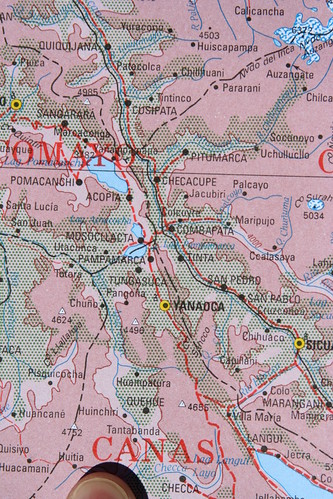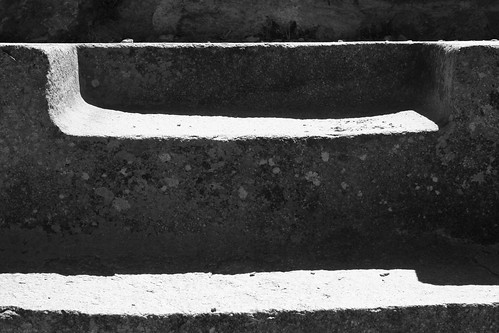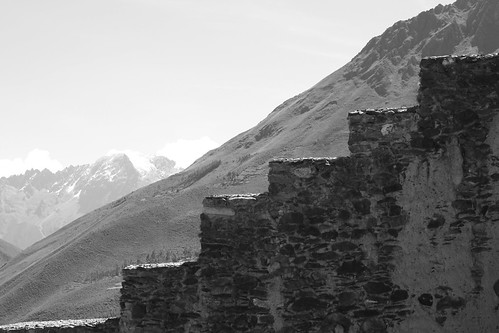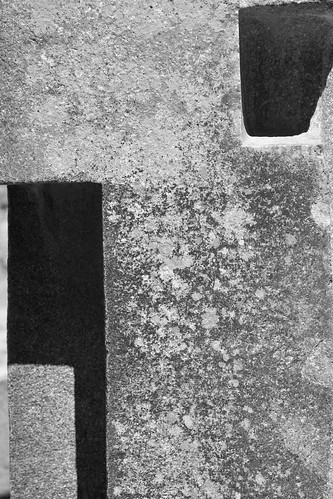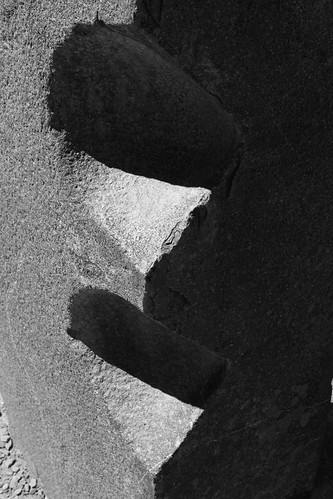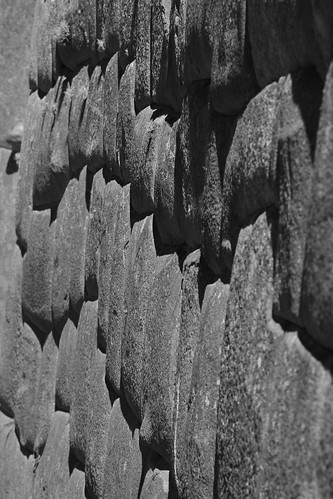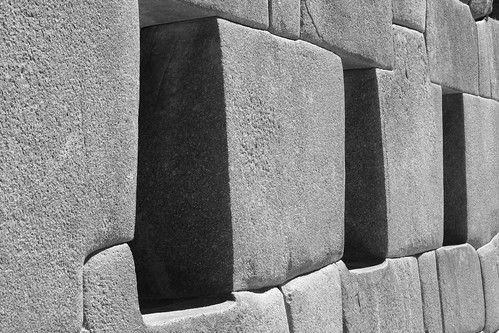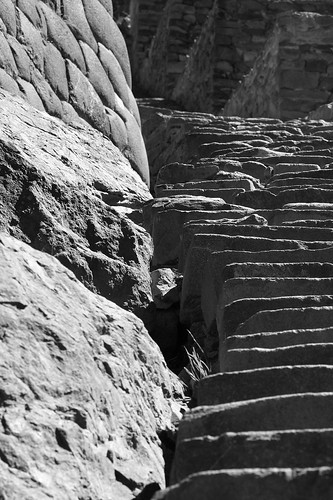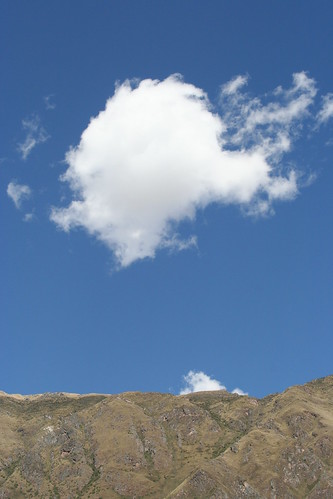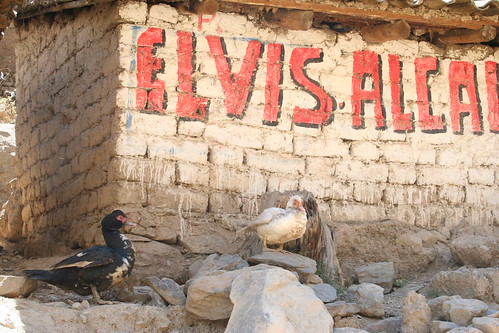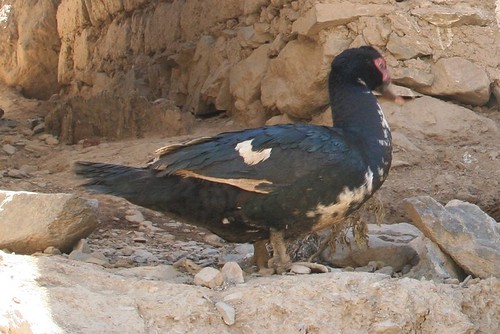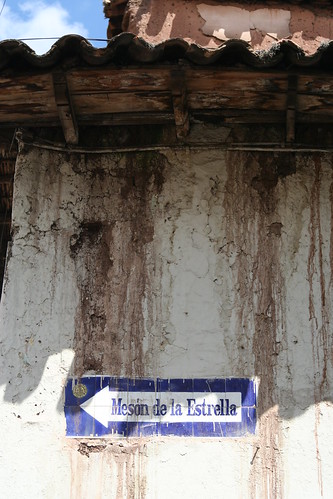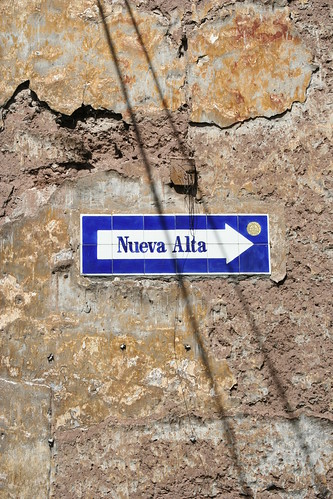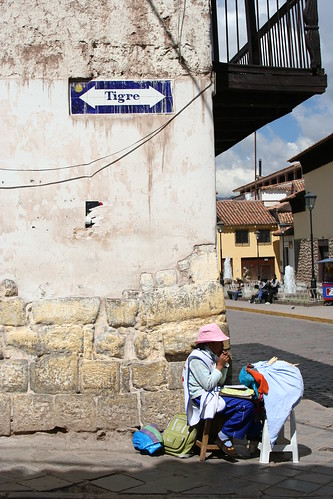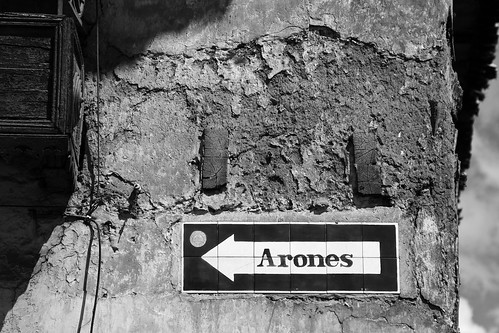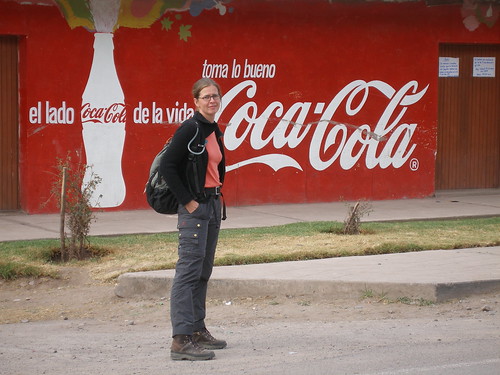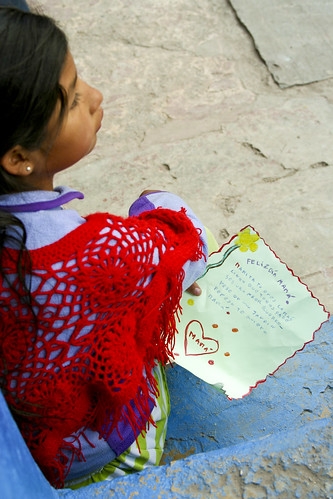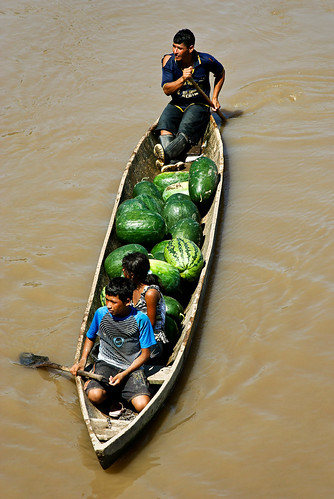
The Ucayali River, somewhere between Pucallpa and Iquitos.
I once visited Istanbul, reaching it by ship, and realized that was by far the best way to enter the city. One slowly floats past the bustling city, with exotic minarets poking up from the skyline, and then disembarks in the manner travelers had for centuries. The city of Iquitos is accessible by only plane or boat, and so the same romantic notion overtook me. What better way to enter this one time rubber boom town carved out of the jungle than by boat down the Amazon? You can’t understand this city without experiencing the river, I figured, so I flew to Pucallpa, and found my way onto a lanca, a passenger and cargo boat heading down the Ucayali section of the Amazon River to Iquitos.
I then spent the next four days on the equivalent of a Peruvian Greyhound bus, albeit in boat form, with hammocks instead of seats (bring your own), a hundred passengers in one big open deck, 2 trucks, 3 moto-taxis, 1000 kilos of salt, several thousand bananas, a few hundred eggs (hey guess what, you really don’t need to refrigerate them!), 8 pigs (they don’t actually squeal, they cry in a manner disturbingly similar to a very loud toddler), 2 cows, and a crate of chickens. I also discovered, to my shock and disgust, that while the civilized world is trying to save the Amazon, the Peruvian boat passengers are using it as their garbage can, throwing their empty 2 liter Inca Kola bottles right into the water. One Peruvian man decided that the boat ride was a good time to consolidate his cd collection, so after he emptied the plastic cases, he frisbee’d them, one by one, into the river. Luckily, after about a dozen, a couple kids begged him to give the cases to them rather than to the river dolphins. I think they were more entrepreneurs than environmentalists, but hey, same result.
Early into the first day, we were cruising along and hit bottom. Sudden dead stop! One of the moto-taxis on the top deck went sliding 15 feet across the deck towards me. Then there was the night we got stuck for 2 hours in the pitch dark. The procedure for that is to gun the engines for 2 straight hours as you turn the wheel back and forth and shine the spotlight around on the shore – i dunno, maybe looking for a crocodile who can help.
I did discover the greatest Peruvian invention since the potato: bathrooms that are also showers. That way they are always clean! And then finally, after 4 full days of a 3 day trip, we reached Iquitos. Everyone just stood on the front deck staring. Maybe out of habit, maybe out of shock. Maybe they had all died, in place, out of boredom. There was no mad rush for dry land as I expected. I thought, hmm, is this just a cargo port and we get off somewhere else? But no, it was over! And I lost another 15 minutes of my life until I figured this out.
At some point, I think it was towards the early afternoon of day three, I discovered I’d had enough of Peru and decided to return to the US. I spent a few days somewhat enjoying the frantic energy of Iquitos, and am now back in Lima for a long week before flying home.




